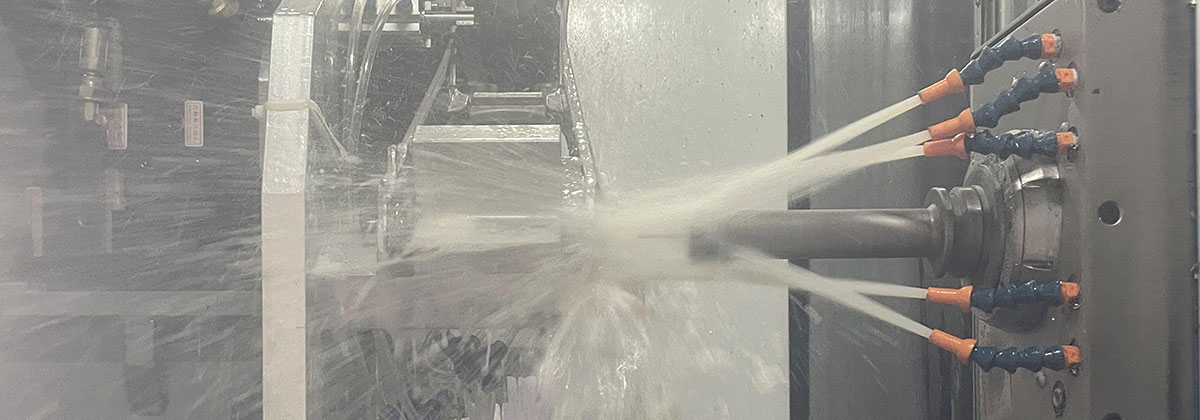Learn about the applications of magnesium and aluminum alloys in the automotive industry
Of course, light vehicles are more fuel efficient than heavy vehicles. Research has shown that global energy consumption can be greatly reduced by using light-duty vehicles, which are said to be achievable with an average weight of 500kg.
As a result, manufacturers have done a lot of research to find materials that are as safe as replacing certain parts of a car but not as heavy.
Of course, this practice does not reduce the number of existing vehicles, but allows more safety and luxury equipment to be added to the car without any additional penalty. Lighter components can also improve the crash performance of the vehicle. They reduce the kinetic energy required to move the aircraft. In the event of a collision, they absorb energy (by deforming plastic) better than other materials such as steel. Apart from economic reasons, the feasibility and application of any material depends on its quality and environmental efficiency.
Replacement is usually done with constant volume or constant stiffness.
For example, in the first case this would be to use aluminum instead of a cast engine. The second applies to certain structural panels or beams of the body. Sometimes, some alternatives may be dictated by strength considerations, as in the case of cylinder heads. The environmental efficiency of this component depends on the CO2 footprint of producing this major metal. While steel is considered a “clean material” because of its pollution-free production, their high density marks them as “dirty” to use.

Magnesium and aluminum alloys: what we should know.
Replacing steel and cast iron auto parts with lighter magnesium (Mg) and aluminum (Al) is a recent trend.
Aluminum’s characteristics, high strength-to-weight ratio, excellent formability and corrosion resistance, and recycling potential make it an ideal replacement for heavier materials in the automotive industry.
Most aluminum is used in auto parts such as cylinder heads, radiators, body and wheel rims.
However, magnesium has been found to have several advantages over aluminum in terms of manufacturability due to its physical properties.
Interest in magnesium has resumed due to increasing demand for alternative materials, and magnesium applications are becoming more common.
Today, they appear in automotive components such as steering wheels, steering column assemblies, instrument panels, seats, transmissions and air intake systems.
Magnesium alloy materials are not only used in auto parts, but also in drones, bicycles, electric vehicles, etc.Magnesium aluminum alloy automotive parts are used for energy consumption in automobiles and can improve the crash performance of vehicles. Welcome to contact us.
-

- Populyar Uşaq İdman Velosipedi Yüksək Keyfiyyətli Uşaq Balans Velosipedi Uşaq Velosipedi
-

- Xüsusi tökmə məhsulları e-velosiped komponentləri maqnezium lehimli təkər
-

- Mangensium ərintisi tökmə Tixomolding metal hissələri
-

- High precision magnesium thixomolding components laptop housing cover A
-

- Noutbuk korpusunun qapağı C
-

- Mangensium ərintisi tökmə Thixomolding metal əyləclər

 0086-750-5616188
0086-750-5616188 +86 13392089688
+86 13392089688 sales@zhongmei-tech.com
sales@zhongmei-tech.com







